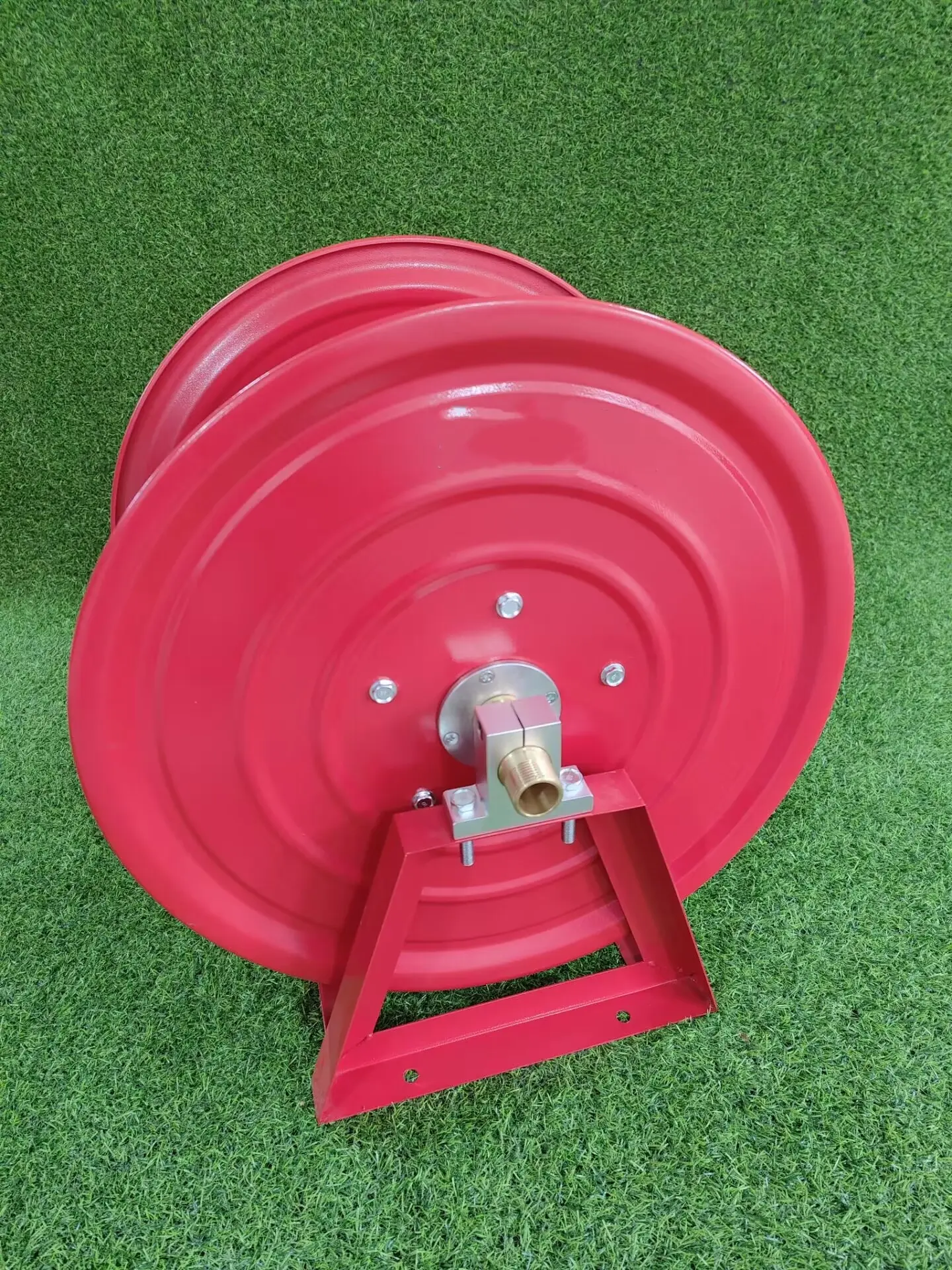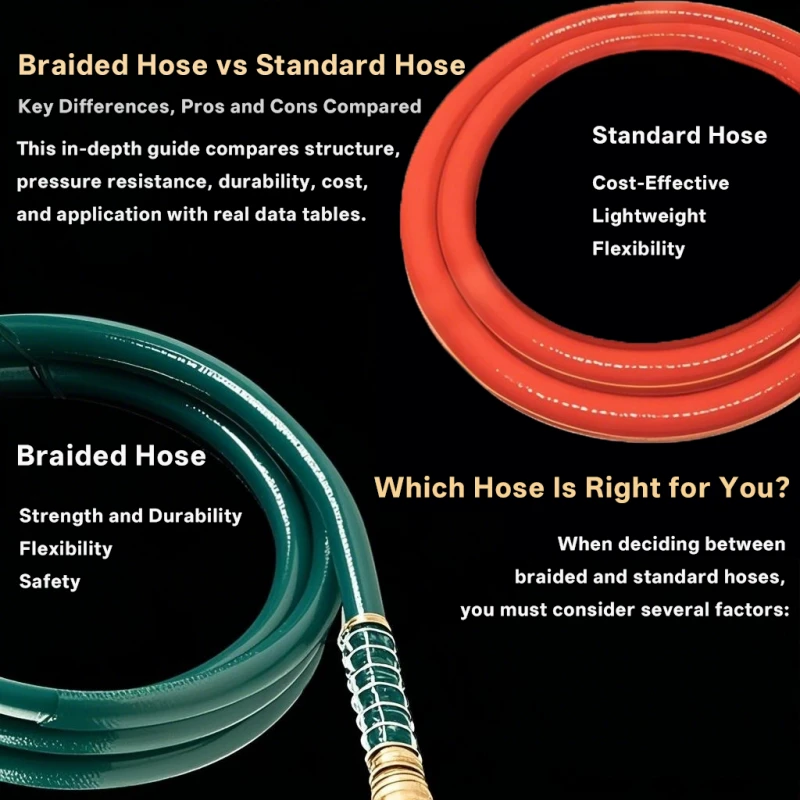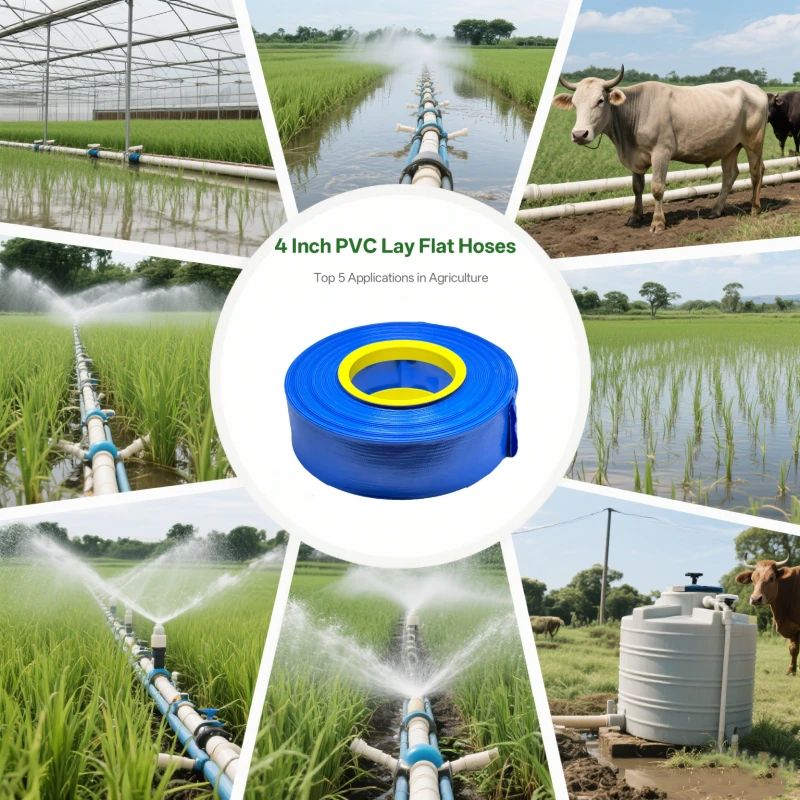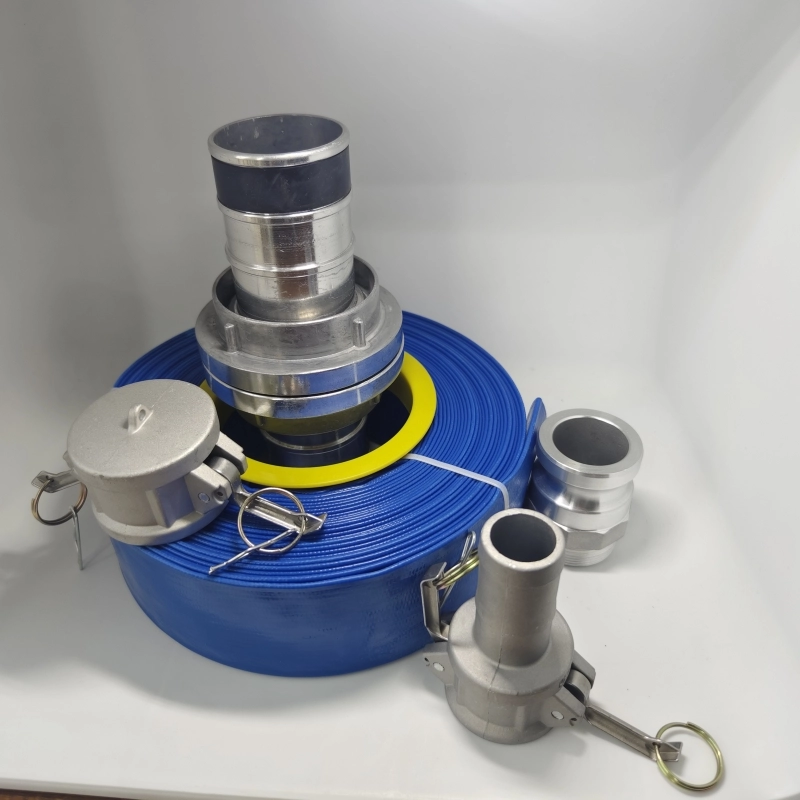Where to use a fire hose reel ?
The primary function of the fire hose is to transport the extinguishing agent (such as water or foam) to the scene of the fire. By connecting the water source to the fire, the fire hose creates an effective channel for fire personnel to deliver the extinguishing agent directly to the fire for suppression.

What does a fire hose reel do?
The fire hose plays a crucial role in fire safety and firefighting. Its primary functions and uses can be summarized as follows:
Key Roles
Delivery of Extinguishing Agent:
The primary function of the fire hose is to transport the extinguishing agent (such as water or foam) to the scene of the fire. By connecting the water source to the fire, the fire hose creates an effective channel for fire personnel to deliver the extinguishing agent directly to the fire for suppression.
This method allows firefighters to spray water or flood the burning materials directly, particularly suitable for larger fires. When combined with rigid nozzles, it can significantly enhance the effectiveness of fire suppression.
Providing Emergency Fire Response:
Fire hose reels are often installed in flammable areas or emergency exits, enabling fire personnel to immediately use the hose for initial fire suppression, effectively controlling the spread of the fire and buying valuable time for other firefighting measures.
Expanding Fire Suppression Range:
Fire hoses are typically long (e.g., 30 meters or more), allowing them to cover a significant suppression range. This helps firefighters stay away from the fire source, reducing the risk of injury and enhancing safety during firefighting operations.
Connecting Firefighting Equipment:
The fire hose can also be used to connect firefighting pumps, water tanks, and other firefighting equipment, ensuring the efficient operation of the water supply system.
Specifications for fire hose reels
Here's a table outlining the common specifications for fire hose reels:
| Specification | Details |
|---|---|
| Hose Diameter | 19mm (3/4 inch), 25mm (1 inch) |
| Hose Length | 20m (66 feet), 30m (98 feet), 36m (118 feet) |
| Material | Rubber, reinforced PVC, or EPDM |
| Working Pressure | 1.2 MPa (12 bar), 1.5 MPa (15 bar) |
| Burst Pressure | 4.8 MPa (48 bar), 6.0 MPa (60 bar) |
| Reel Material | Mild steel (powder coated), stainless steel |
| Mounting Options | Wall-mounted, ceiling-mounted, cabinet-mounted |
| Swivel | 180-degree swivel for easy hose deployment |
| Nozzle Type | Adjustable jet/spray nozzle, shut-off nozzle |
| Inlet Connection | 1/2 inch, 3/4 inch BSP/NPT |
| Compliance | EN 671-1, AS 1221, UL 219 |
| Operating Temperature | -20°C to 60°C (-4°F to 140°F) |
| Cabinet Options | Optional, with/without glass front, powder-coated steel, stainless steel |
| Flow Rate | Typically 0.33 L/s (5 GPM) at 300 kPa (43.5 psi) |
| Hose Color | Red, black |
| Reel Color | Red, black |
| Mounting Hardware | Included or optional, depending on the manufacturer |
Notes
Hose Diameter: The 19mm (3/4 inch) hose is more common for residential and small commercial use, while the 25mm (1 inch) hose is often used in industrial and larger commercial settings.
Hose Length: The appropriate length depends on the size of the area that needs coverage.
Material: The choice of material affects durability, flexibility, and resistance to weather and chemicals.
Working and Burst Pressure: Ensure the hose reel meets the pressure requirements of the specific application.
Reel Material: Powder-coated mild steel is common for general use, while stainless steel is preferred in corrosive environments.
Mounting Options: Wall-mounted is most common, but ceiling and cabinet options are available for specific needs.
Swivel: A swivel allows the hose to be easily pulled out in any direction.
Nozzle Type: Adjustable nozzles provide flexibility in controlling the water flow and spray pattern.
Compliance: Ensure the fire hose reel complies with relevant standards for safety and performance.
This table outlines the fire hose reel specifications. Specific requirements may vary depending on local regulations and intended use. When the specifications you need to purchase are not in the above table, please contact our experts. We can provide custom production services. In some cases, please inform us of your local regulatory requirements, we will produce according to the standards, confirm the sample, and you can get the fire hose reel you want.
Additional Functions
Protecting Surrounding Environment and Property:
By promptly and effectively delivering the extinguishing agent, the fire hose helps extinguish fires and prevent their spread, thereby protecting surrounding buildings, equipment, and the environment from the damage caused by fires.
Adaptability:
The flexible structure and high-strength fiber reinforcement of the fire hose allow it to better adapt to various complex field environments, such as narrow spaces and curved passageways, ensuring smooth firefighting operations.
Application Examples
In fire pipeline renovations, fire sprinkler metal hoses serve as essential accessories, protecting the pipeline from damage and quickly spraying water to extinguish fires when necessary. Made from high-quality stainless steel, these hoses exhibit corrosion resistance and high temperature tolerance, suitable for harsh environments.
Fire hose reels, as key equipment for quickly providing water for firefighting, are widely used in various buildings and facilities, including hotels, office buildings, and commercial complexes.
In summary, the fire hose plays an irreplaceable role in firefighting, serving as a vital tool for safeguarding people's lives and property. When used appropriately during a fire, the fire hose can rapidly and effectively control the spread of the fire, minimizing the losses caused by the disaster.
Fire hose reels are essential fire-fighting equipment that enable rapid deployment of the hose and spraying of extinguishing agents to combat initial-stage fires. According to various authoritative sources, the following are situations where fire hose reels are required to be installed:
I. Scenarios Requiring Fire Hose Reels
Specific Types of Buildings and Places:
Hotels, important office buildings, commercial buildings, exhibition buildings, and complex buildings within Class I buildings.
High-rise buildings with a height exceeding 100m.
Refuge floors (areas) should be equipped with fire hydrants and fire hose reels.
The DN65 fire hydrants installed outside the shops on both sides of pedestrian streets should be equipped with fire hose reels.
Public buildings with high occupant density and commercial service outlets with a floor area greater than 200m².
Specific Conditions Mandated by Regulations:
According to the "Code of Design on Fire Protection" and "Technical Code for Fire Protection Water Supply and Hydrant Systems" and other relevant standards, for certain specific buildings or places, even if it is not stipulated that an indoor fire hydrant system must be installed, it is recommended or required to install fire hose reels or portable fire hoses to enhance self-rescue capabilities during the initial stage of a fire.
II. Scenarios Recommending Fire Hose Reels
Factories and Warehouses with Lower Fire Resistance Ratings and Fewer Combustibles:
Single-story or multi-story Class D and Class E industrial buildings (warehouses) with fire resistance ratings of Class I or Class II and fewer combustibles.
Class D industrial buildings with fire resistance ratings of Class III or Class IV and a building volume not exceeding 3000m³; Class E industrial buildings (warehouses) with fire resistance ratings of Class III or Class IV and a building volume not exceeding 5000m³.
Other Buildings with Specific Conditions:
Grain warehouses, treasuries, stand-alone buildings far from towns and unmanned.
Buildings where contact with water can cause combustion or explosions.
Buildings without domestic or industrial water supply pipelines indoors, where outdoor fire water is obtained from storage tanks, and the building volume does not exceed 5000m³.
III. Installation Requirements
Installation Location:
Fire hose reels are typically installed inside fire hydrant cabinets or separately mounted on walls in convenient areas prone to fires.
They should be installed at a height that is easy to access and maneuver without obstruction.
Performance Parameters:
The hydrant outlet diameter of the fire hose reel should preferably be 25mm, and the inner diameter of the equipped hose should be no less than 19mm, with a nozzle diameter of no less than 6.00mm.
Fire hose reels should possess high strength, flame retardancy, impact resistance, corrosion resistance, and other characteristics to ensure stable and reliable operation during a fire.
Use and Maintenance:
Fire hose reels are simple and convenient to use, requiring no specialized training, and can be operated by general personnel.
Regular inspections and maintenance of the performance and condition of fire hose reels should be conducted to ensure they are ready for use at any time.
In summary, fire hose reels are necessary fire-fighting equipment in various scenarios, and their installation should comply with relevant codes and standards to ensure rapid and effective initial fire suppression when a fire occurs.


